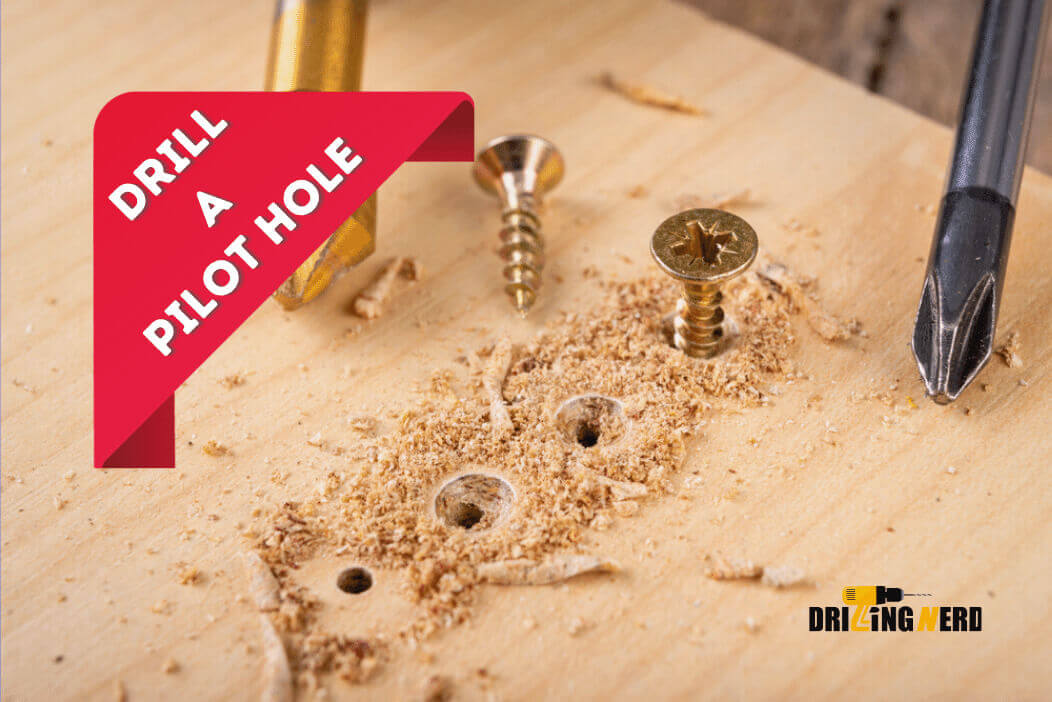A drill bit is a one-of-a-kind piece of equipment. Drill bits are helpful for drilling and crafting. Everyone can benefit from using a drill in daily life. Even drilling holes in your wall to hang lovely scenery is possible with a drill.
Drill bits come in a variety of sizes and shapes. We’ll review the different drill bits and how they continue to function. These drill bits are significant for pipe fitters, electricians, and woodworkers.
When choosing a drill bit for drilling, you must make sure that it won’t destroy your material. For various tasks, you can use multiple drill bits. However, selecting the right drill calls for knowledge.
Continue reading for information about the various types of drill bits.
Different Variety of Drill Bits:
- Twist Drill Bit:

Screws and twist drill bits are similar. The multipurpose drill bit is the twist drill bit. A twist drill bit is useful for drilling in walls, wood, and plastic.
The twist bit’s distinct swirl pattern allows debris removal from the hole while drilling. Almost every household has this type of drill bit.
- Brad Point Drill Bit:

Carpenters appreciate Brad point drill bits for their precision. Rubber stoppers are on this kind of drill bit. These rubber stoppers are extremely precise.
The unique design of bard point drill bits can also do hole hardwood. Brad point drill bit has a center pin. The center pin is the same as a screw.
The sharp tip of the brad drills into the wood, and the curves remove debris from the hole.
- Masonry Drill Bit:
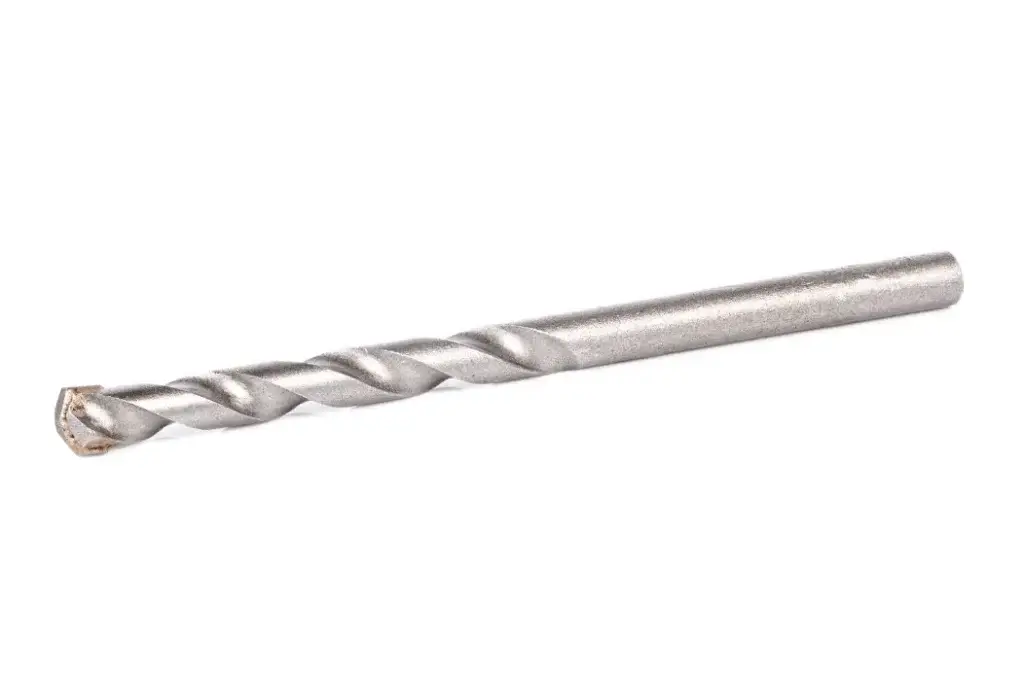
Masonry drill bits are useful for drilling in bricks. Masonry is a term that refers to brickwork. The drawback of masonry drill bricks is that you must replace them after a particular time.
They can also drill in relatively complex formations. For example, you can quickly drill in cement plaster walls. To achieve the best results, use the drill bits with a hammer drill. Masonry drill bits are compatible with rotatory drills and hammer drills alike.
Pipefitters and electricians mostly use these drill bits.
- Rivet Drill Bit:

You can typically use the Rivet drill bit for drilling in metal sheets. Usually, you can use a rivet drill bit to join two metal sheets with a screw. For this, you must drill a hole using a rivet drill bit.
You can achieve a target of making a shallow hole in a thin metal sheet by using the rivet bit.
- Spade Drill Bit:

You can use a spade drill bit on the wooden surface. The spade drill bit has a needle on its top.
For drilling holes, electric workers typically use the spade drill bit. They drill holes for the internal cable wiring to pass through. Sapwood is suitable for use with a spade drill bit.
- Installer Drill Bit:

Electricians and woodworkers use the installation drill bits. This drill bit is standard. The length of the installation bit is around 18 inches. The installer bit and installation bit are the same.
For example, once the wiring is done. Now you have to tighten the socket with screws. You can tighten the screws using the installer bit in a few seconds.
Installer bits have various types. You can use some of its types for inserting the wires.
- Step Drill Bit:

The drill bit is well-known for its pyramid shape. You can make different-sized holes in an aluminum sheet using a single drill tip. A single drill bit has several different diameters.
- Auger Drill Bit:

Hardwood drilling is done with auger drill bits. Hardwood refers to dry wood. Its bit tip resembles a screw tip. The thick edges around the bit aid in the cleaning of the boring.
The three types of auger drill bit tips are spoon, hinge, and gimlet.
- Self-Feed Drill Bit:

It’s a cutter. A screw is fixed in its bit tip, and a blade is on its side. The self-feed drill bit is capable of creating a precise hole.
The operator must manually clear the dust from the self-feed drill bit because it lacks swirls on its side.
- Forstner Drill Bit:

When you need a flat hole, use a drill bit. The Forstner drill bit produces the smoothest drilling results. It has a sharp screw to keep its position while cutting.
You must clean the flat hole with your hand after using the forstner drill.
- Hole Saw Drill Bit:
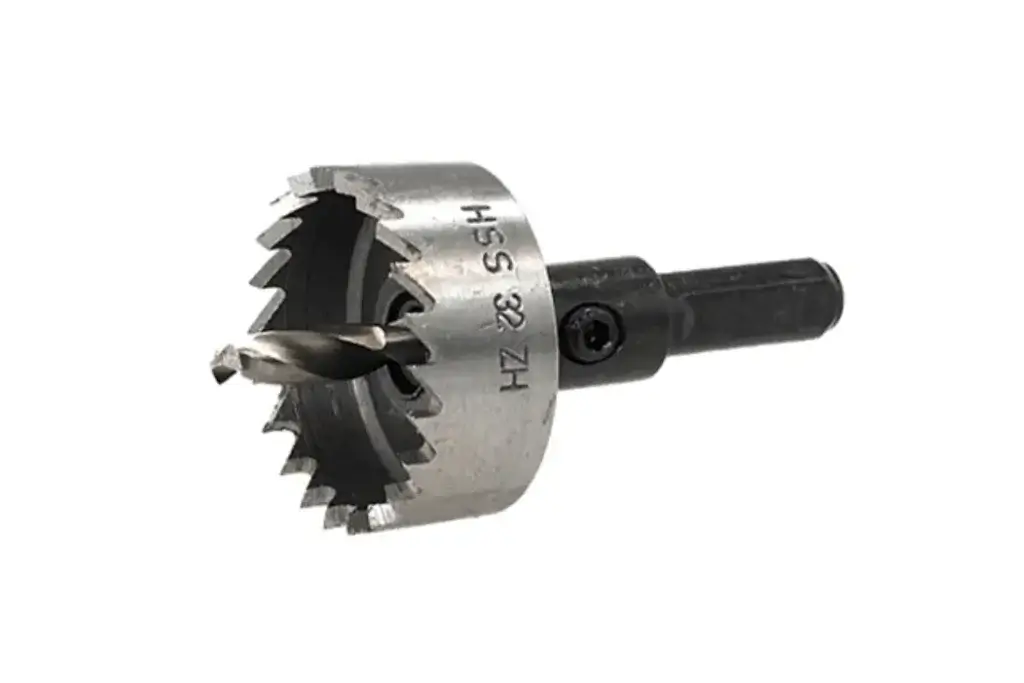
You can use a hole saw for cutting large holes. The hole saw is cylindrical and has sharp teeth all around.
Cutting holes with large diameters can be done by using a hole saw. You can use a hole saw cutting for installations of hardware equipment.
You can do cutting on tiles, wood, and brick walls.
- Countersink Drill Bit:
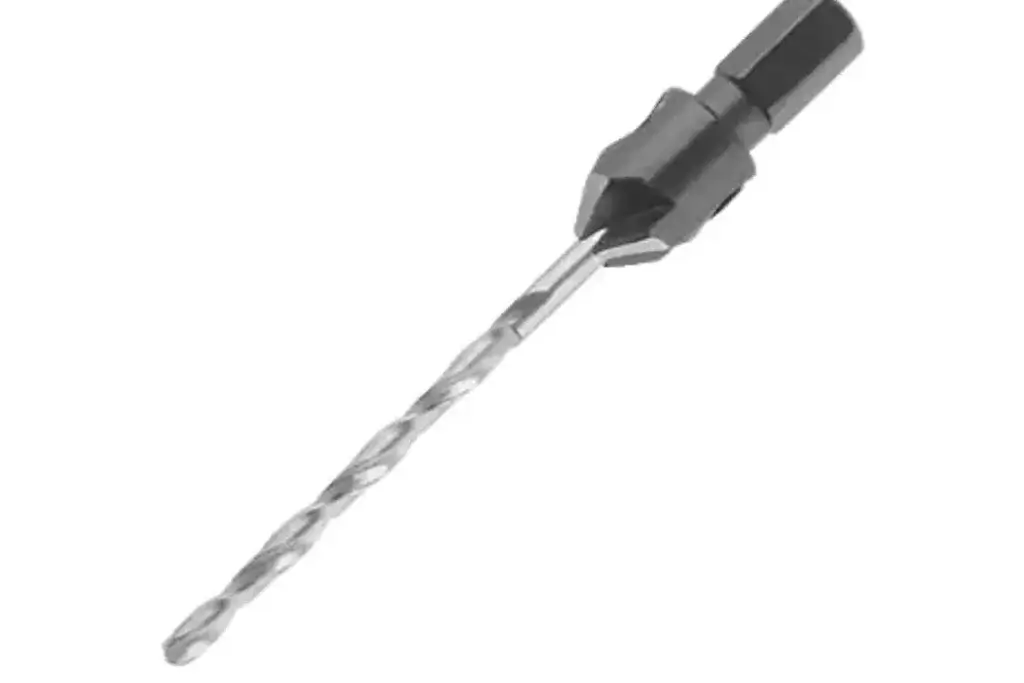
Small holes for screws, nails, and bolts can be made with countersink bits. For installation purposes, you can use a countersink bit. The countersink bit creates a joint for the latch and a piece of wood for the screw or bolt to go through.
- Plug Cutter Drill Bit:

You can use a plug cutter to cover and fill the holes. The plug cutter is effective on wood. This cutter is frequently in use by furniture makers. The plug cutter shapes the wood into a cap. To cover up the wiring, screw the cap into any open hole.
- Tile Drill Bit:
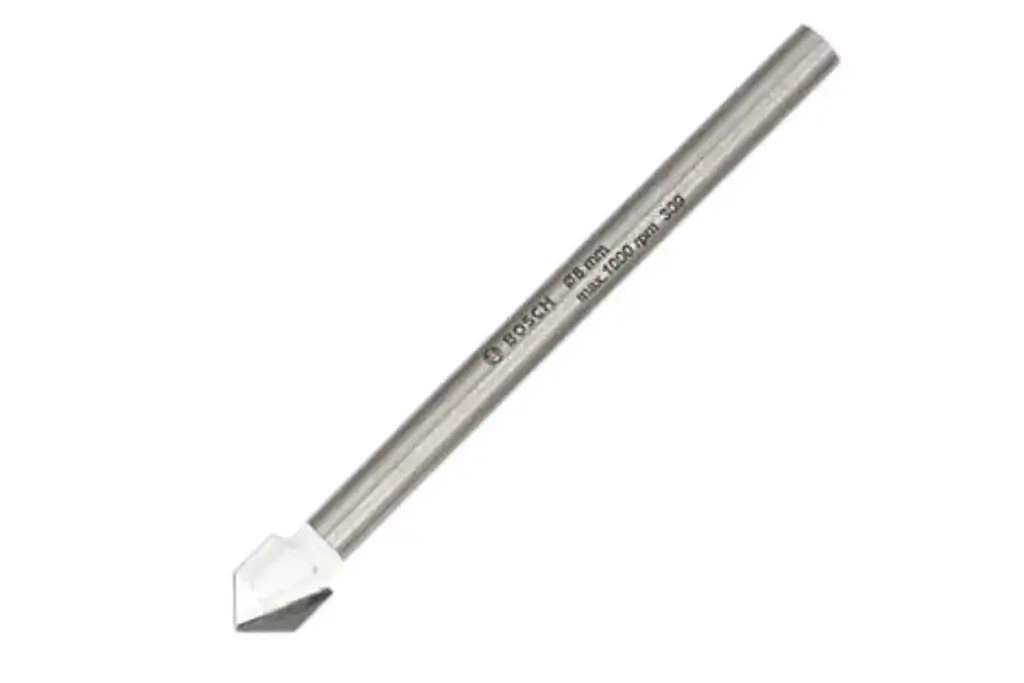
Use the tile drill bit for drilling in tiles. Tile bits have a carbide tip. Each tile has a unique stone composition. You can use tile bits on the composition of the stone. The tile bits are designed to drill through your tile without damaging it.
- Adjustable Drill Bit:

As the name “adjustable bits” suggests, you can alter these varieties of drilling bits by the hole size. Adjustable drill bits can help you save money. You don’t have to buy different sizes of drilling bits. It is sufficient to use a flexible drill bit. Before you use it, you must first set its diameter.
- Annular Cutter Drill Bit:

The annular cutter and the hole saw cutter drilling bit are nearly identical in design. The annular cutter and hole cutter both do the same job. Cutting in a circular pattern is the result. The difference is that the hole saw blade is used for wood cutting. The annular cutter is also capable of cutting metal.
Choosing a Drill Bit:
When selecting a drill bit, you must consider several factors. You must consider the type of structure with which you are working. Metal, wood, concrete, or plastic are all possibilities. Remember that you will be using high-speed bits of wood and plastic. As well as low-speed bits on rigid structures like concrete. Assume you work with a sensitive structure, such as glass or tiles. It would be preferable if you had carbide drill bits.
Many drill bits have a specific purpose. For example, the plug-cutter bits. This cutter helps cut lids. You can use these lids to cover any open space.
Make sure that the hole is the correct size. The diameter and length of a hole are both factors in hole size. Select the appropriate drilling bit. Otherwise, you will end up drilling a hole that is too large.
Drill Bit Manufacturing Material:
Manufacturing of Drill Bits with Different Metals:
Drill bits are made from a specific material called “metal.” Drill bits are made by industries using the highest quality material. Companies use the best materials to increase drill bit productivity. It also increases its durability.
Every drill bit is made up of a unique combination of metals. The unique combination distinguishes the drill bit available to you. Drill bits for metal and wood are not the same.
This section will discuss some typical materials drill bit producers use.
- The Capacity to Cut Metal Rapidly:
HSS is the name for this type of metal. HSS is an abbreviation for high-speed steel. HSS is ideal for wood, mild steel, and plastic drilling.
Carbon steel is another term for mild steel. HSS is also suitable for drilling in composite materials. It provides the necessary strength. Cobalt drill bits are excellent for drilling in SST. Stainless steel is known as SST. SST is rust-resistant.
- Use of Carbide in Drill Bit Tip:
The most challenging drilling is in concrete. To create drill bits, the manufacturers use carbide. Carbide is exceptionally costly.
Manufacturers only use carbide to make drill bit tips because it is so expensive. In other words, manufacturers only use carbide to produce drill heads.
The hardest substance is carbide. Diamond and carbide compete with one another in terms of hardness.
- Drill Bits Made of Solid Carbide:
When drilling into unbreakable material, use robust drilling bits. The most challenging drill bits are made of solid carbide. Most workers use Solid carbide drill bits.
Comparing this whole drill bit made of solid carbide to the carbide drill bit tip, it becomes much more expensive. In contrast, these workers only need the most rigid drill bit tip to penetrate the substance.
The Types of Coating on the Drill Bit:
- The black coating helps the drill bits stay sharp. Black oxide layering is another name for this coating. Additionally, the layer allows the drill bit to add thickness.
- The tin coating is done with Titanium nitride. This coating reduces friction and is resistant to wear.
- Calico Aluminum Titanium Nitride coating is also known as TiAlN coating. To lessen damage from high temperatures, this is done. When the drill bit rotates, it creates friction. The temperature rises as a result of friction.
Tips for the Maintenance of Drill Bits:
- Sharpen your tools regularly. Sharpening your tools is possible with a grinder.
- Could you keep them in a secure location? These tools have sharp edges. Children under 18 risk injury from the drilling bits.
- Before using it, inspect the material and select an accurate drilling bit.
- The drilling bit must be kept clean after use.
- Oiling should be done regularly to prevent corrosion.
- Examine the drill bits for any damage. If there is any damage, do not use it again. It may cause structural damage.
- Try to keep your drilling tools in a dry place. This practice will continue to rust.
- When the structure is rigid, use low-speed drilling bits.
- Pointing at a drill machine at a 90-degree angle is an accurate drilling method.
Exploration of a Drill Bit:
- Overall Measurement of Drill Bits:
The overall length of a drill bit is known as its OAL. It progresses from the bottom to the cutting point. The body only includes the length of the flute. The drill bit diameter describes the width of the drill bit.
It’s now the shank’s turn. The shank is the fitting part that goes into the drill machine.
- Drill Bit Tip Designs:
The drill bit comes with a point angle. Furthermore, there are three types of drill bit tips. Usually, people use a 118° bit tip. This tip can quickly drill in aluminum.
Now comes the 135° bit tip. 135° drill tip can cut more rigid material than aluminum. Almost the whole of its drill bit engages with the material while cutting because it is much flatter than the 118° drill bit tip.
- Right Drill Speed:
The speed of a spindle should be from 800-1000 rpm for steel. The rate for aluminum must be above 2000 rpm. You can slow down the pace if the chips are chopped down. Using a drill machine at a slower speed will increase its long life.
You must analyze the type of material before starting drilling. Different materials require an additional amount of speed. On the hardwood, you need around 1500 rpm of speed. Always start at a low speed. You will ruin your prototype using the rate of 1500 rpm, whereas the speed should be 800 rpm.
Requirements for before Drilling:
- Before drilling, you must meet these requirements. This requirement will result in precise drilling.
- You want to hang a clock at the wall’s center point. For example, what steps will you need to take? We’ll advise you.
- First, you must determine the length and height of the wall. Calculate the center point of the wall after measuring its length and width. With the marker, mark the center point. You must stand on a stool if the center point is higher than your shoulders.
- If there is a risk of falling, wear fall protection if there is a risk of falling. Never try to drill while you are drunk. Maintain proper drill grip and keep your hands away from the drill bit.
- Check your drill bit for any damage after satisfaction, and fix the masonry drill bit in the machine. Hold your drill at an angle of 90 degrees and start drilling.
Safety Tips:
Take safe action; that is the best course of action. The safest strategy is the best. Safety tips illustrate the need to prioritize safety at all times while working.
Before inserting a drill bit into a drill, inspect the drill bit for damage. As a result, the building will sustain damage. Keep underage children away from you while you drill. While drilling, maintain a 90-degree angle with the drilling machine.
You only need gloves, safety shoes, and eye protection when drilling. You can avoid the treatment by adopting safety.
Frequently Asked Questions:
Bottom Line:
There are two types of cutting tools. Liner cutting is known as tool bits. Drill bits are a type of rotary cutting tool. The fly cutter and bandsaw have both rotatory and linear motion.
Drill bits come in various sizes and shapes, thanks to the manufacturers. It is classic to choose the drill bit according to the requirement of the structure. Otherwise, you risk damaging the drill bit tip.
Before purchasing a new drill bit, consider your needs. Your need could include the diameter, length, and structure. The framework could be made of wood, metal, or plastic.
To provide long-lasting and efficient results from drill bits. It would be preferable if you were responsible for the drill bits. After using drill bits, clean them. Oil once a month to prevent corrosion.
We hope this article has answers to your concerns and was sufficiently informative.

